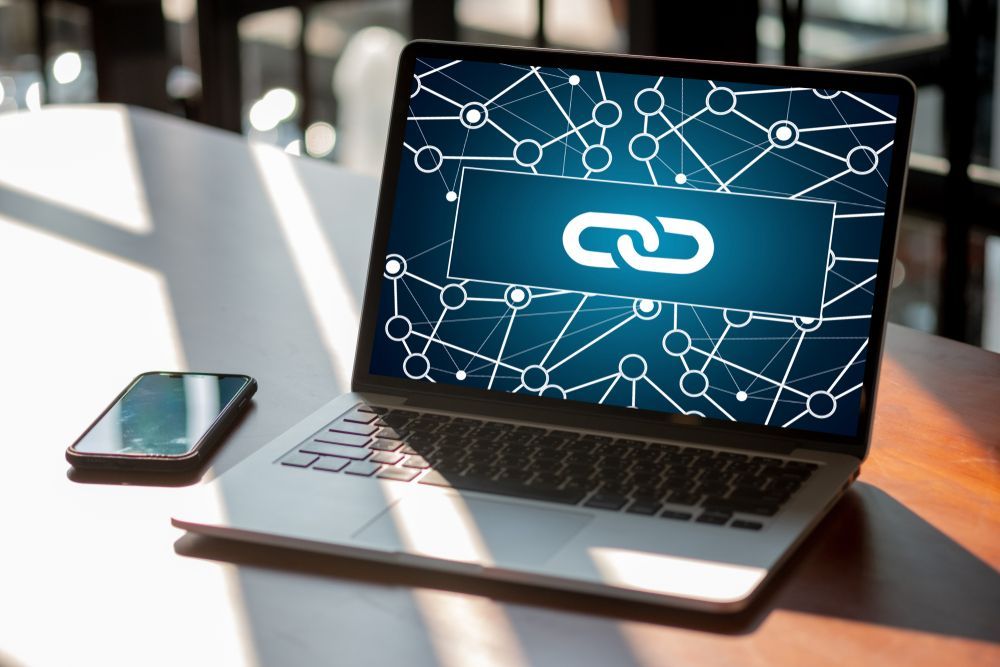
You’ve probably heard that internal links are good for SEO. How many internal links per page is optimal? How do you create a solid internal linking structure? This post examines how many internal links per page benefits SEO and how to optimize yours.
What Are Internal Links, and Why Do They Matter for SEO?
Internal links connect pages on your website. They guide users and search engines through your content. Google uses internal links to understand your site structure, influencing rankings.
A good internal linking strategy improves user experience. While backlinks build domain authority, smart on-page SEO services help as well.
How Many Internal Links Per Page SEO: Finding the Right Balance
There’s no magic number for how many internal links per page is best for SEO. Google’s webmaster guidelines previously recommended under 100. Now, it’s “a few thousand.”
Don’t stuff pages with thousands of links. Consider your on-page SEO strategy, page purpose, length, and link relevance. For blog posts, aim for one link every 200–300 words or 2-4 per 1,500 words. A site audit can give you more insights into how your pages are structured. Consider the main reasons you want users to go to the linked page.
Different Types of Internal Links
Internal links have different categories:
- Navigational Links: Main menu links providing website access.
- Footer Links: Bottom-of-page links, mirroring navigation or legal info.
- Contextual Links: Embedded in content to link relevant pages, boosting SEO. If the page is about footer links, it is advisable to not point the links toward navigational links.
- Sidebar Links: Prominent on desktops, less so on mobile due to smaller site structures.
Best Practices for Internal Linking
Internal link placement matters. Links near the top may improve on-page SEO.
Site Structure
Maintain a clear website structure hierarchy, like a pyramid. Keep important pages one click away. Prioritize easy navigation.
Ensure no page gets buried within your site. A well-structured site ensures user friendliness and improves search engine crawlability. Your site’s structure should allow search engines to clearly understand the topic and importance of your content through proper contextual links. Consider product categories, site maps, and other site structure elements to build a strong linking structure. You want to provide users with a visual representation of your website.
Link Placement Matters
Internal links within content give stronger signals. Search engines recognize relevance to surrounding text, increasing SEO value. Use relevant content from your page when making these contextual links.
Context is Key
Don’t just add random links. Link related resources to enhance your text and retain readers. This improves time-on-site metrics, a key search signal.
Search engines evaluate many internal link aspects. Relevance is key. Topic clusters become particularly useful for structuring a website that ranks highly.
Here’s a table summarizing internal linking best practices:
| Aspect | Best Practice |
|---|---|
| Site Structure | Keep it shallow; access important pages from the homepage within 3 clicks. |
| Link Placement | Prioritize in-content linking to boost related text and keywords. Think about the incoming internal link benefit a page will get and whether that incoming link provides something beneficial for a user on your website. |
| Context | Context is crucial. Link similar content to guide and retain readers. |
| Anchor Text | Use natural, keyword-rich phrases to create relevant internal links where beneficial. Use descriptive text building links where helpful. |
Common Internal Linking Mistakes
When deciding on the optimal number of internal links per page for SEO, consider common pitfalls. Broken internal links waste crawl budget. They also make for poor user experience, which makes your overall user experience worse, as measured by metrics such as Google Analytics bounce rate and average time on page.
Use a site audit tool to check your internal linking structure. Find and fix broken or redirected links.
Excessive links can be overwhelming. Early on, Google suggested under 100 links. This was disproven as Google’s indexing capacity increased.
Aim for around 150 links maximum. Recognize that link-rich sites may have up to 250. Try creating topic clusters in categories of information to help solidify internal links between related posts and product pages to make a stronger, easily understood page. Ensure the link points to useful content in context, not unrelated content where the user is unlikely to convert to the desired outcome for the website, and focus on how these links navigational capabilities create relevant content easily understood. Use descriptive anchor text so search engines understand your desired ranking for a given link, providing helpful context.
If a page receives little organic traffic, link to it from high-traffic pages. Use descriptive anchor text for keyword relevance, signaling which page should appear in suggestions. This is what Google looks for in deciding the overall ranking potential of your content.
Consider page purpose and keywords when creating topic clusters. Pages outside the parent folder can be part of a topic cluster, further solidifying your solid internal linking strategy, ensuring all relevant links connect throughout the website as necessary.
The ideal number of internal links per page for SEO depends on your page, content depth, and user needs. Focus on quality over quantity and consider context, anchor text, and your overall website structure to optimize internal linking for improved SEO performance. Look for opportunities where additional internal links add more value than a given external link to maximize link value across your domain. Internal linking can also contribute to conversion goals, even without the context of link juice. By providing helpful content on specific topics across your website, your links will encourage further interaction, which plays into conversion optimization. While search engine bots benefit from links, these are contextual and therefore more important to a website user than links navigational value within a site, but navigational value is still useful as part of helping users to be able to move freely to find relevant content they seek out from your visual representation and improving their user experience, thereby helping to make your page appear better within the context of search engines results. Use all this info about how many internal links per page SEO needs to take advantage of everything possible. Consider adding internal links throughout your main menu, making it easier for users to navigate to their desired destinations. Keep in mind the best practices listed throughout the content.
If you are looking for a national or local SEO company to take your business to the next level, give us a call!












